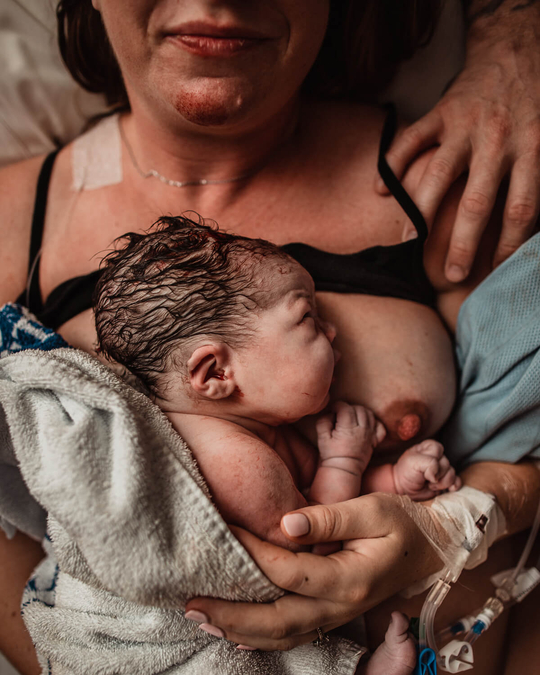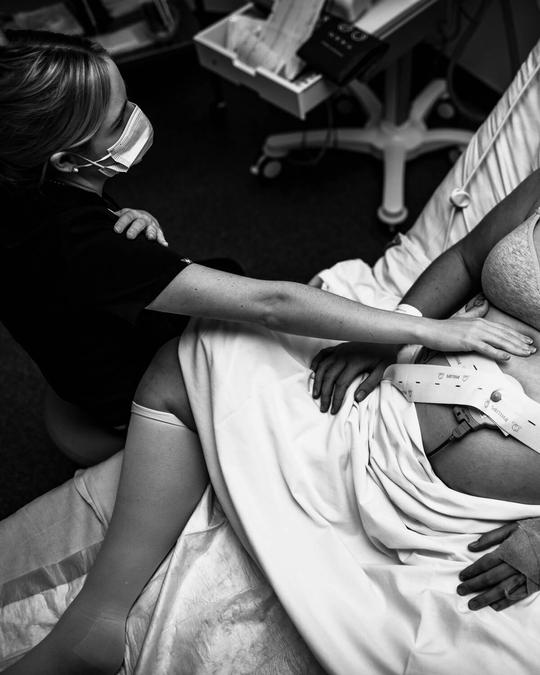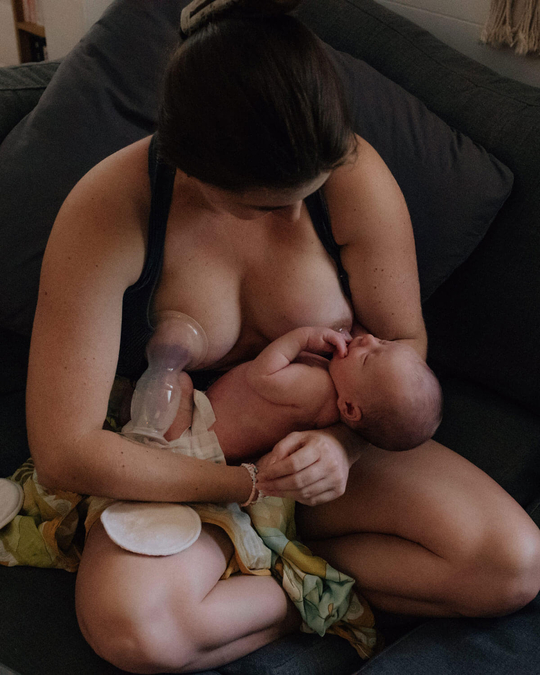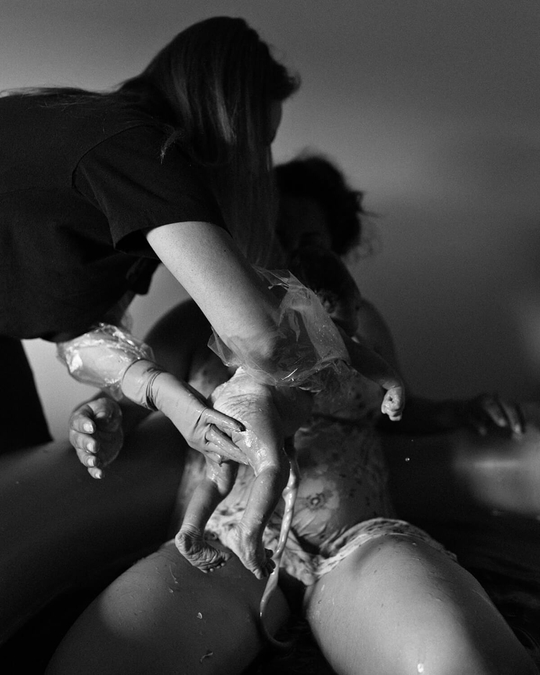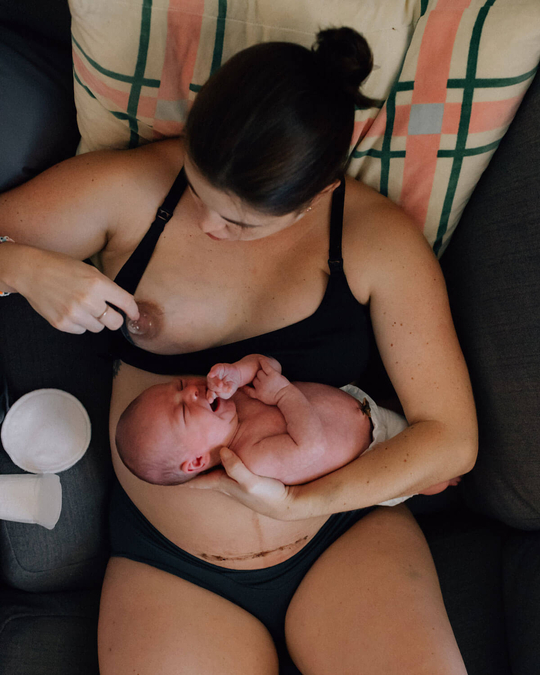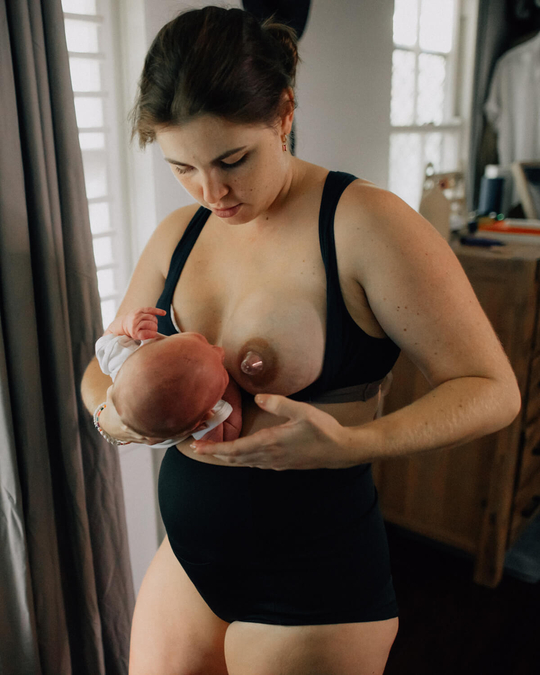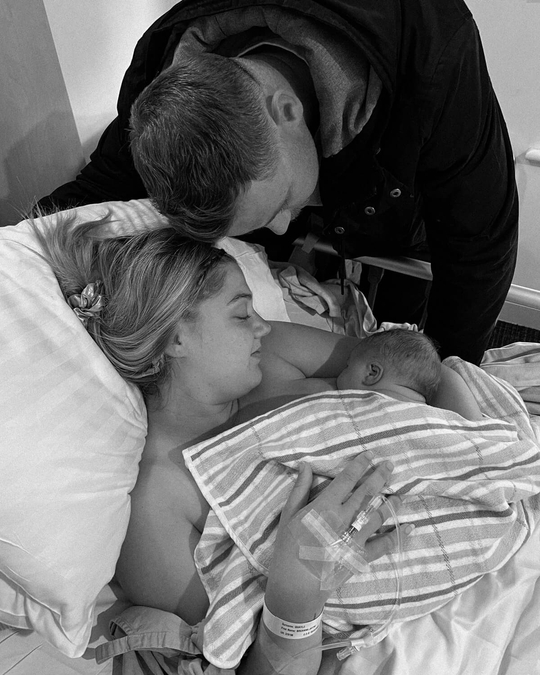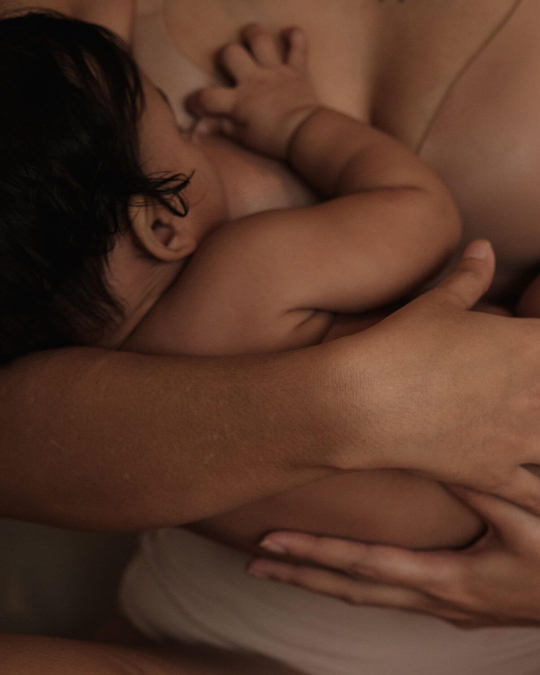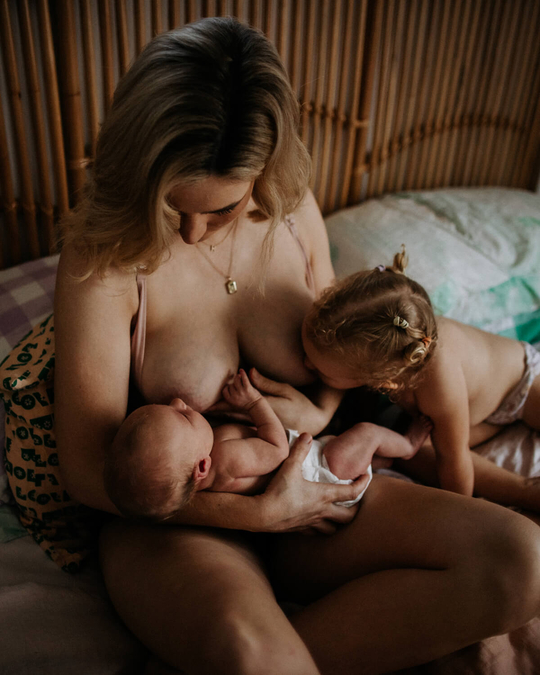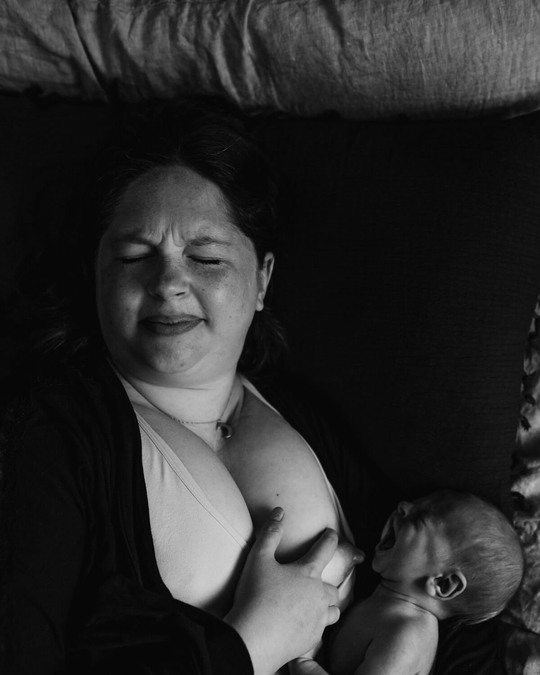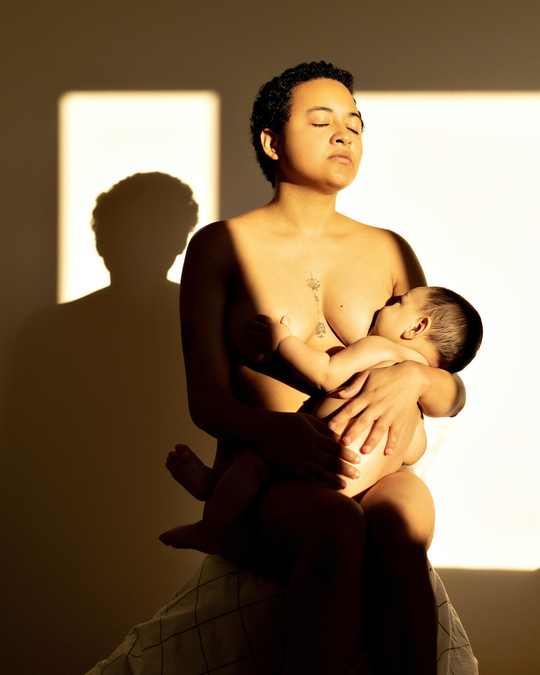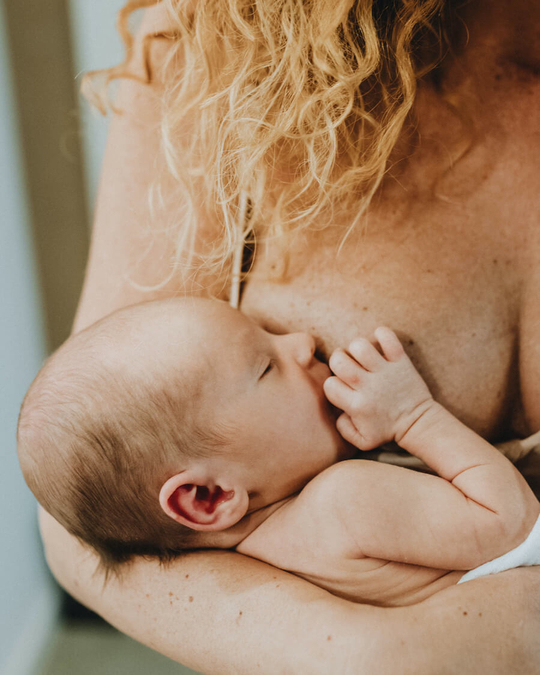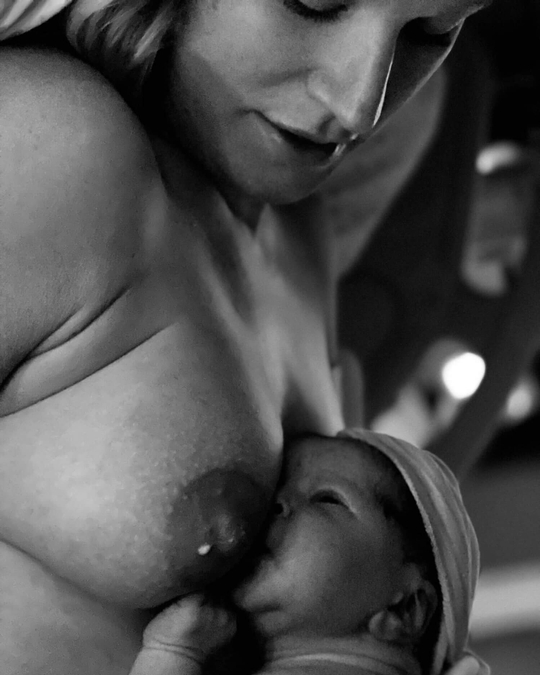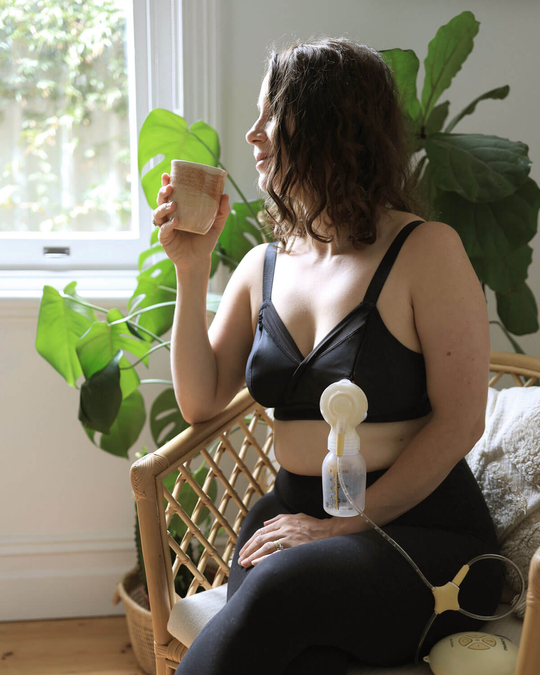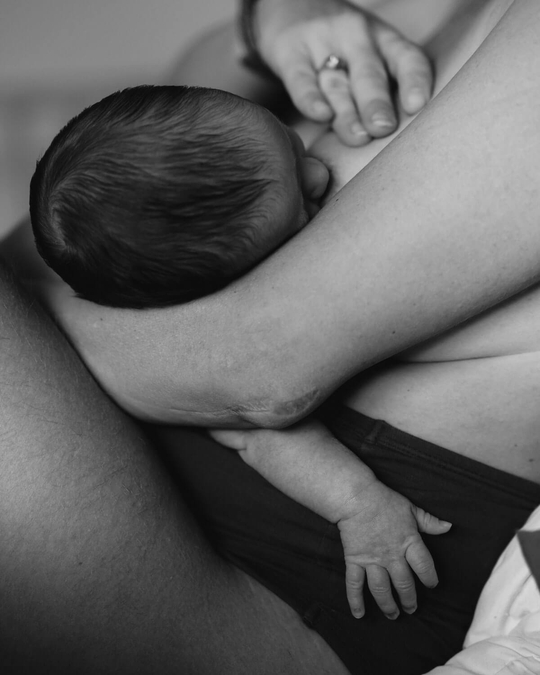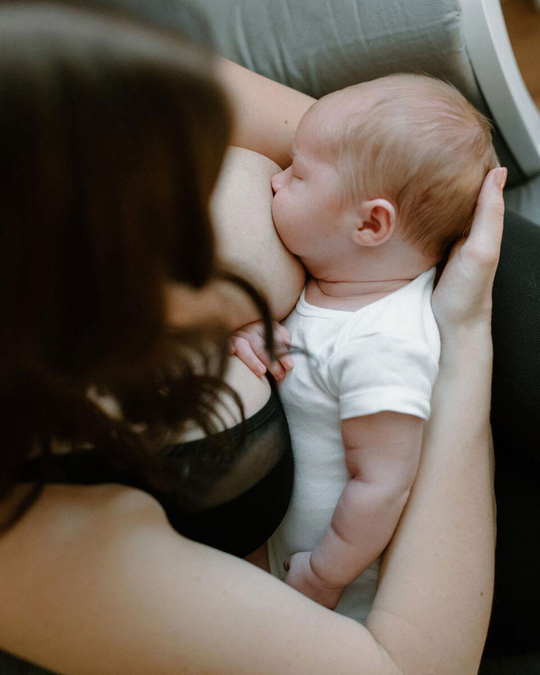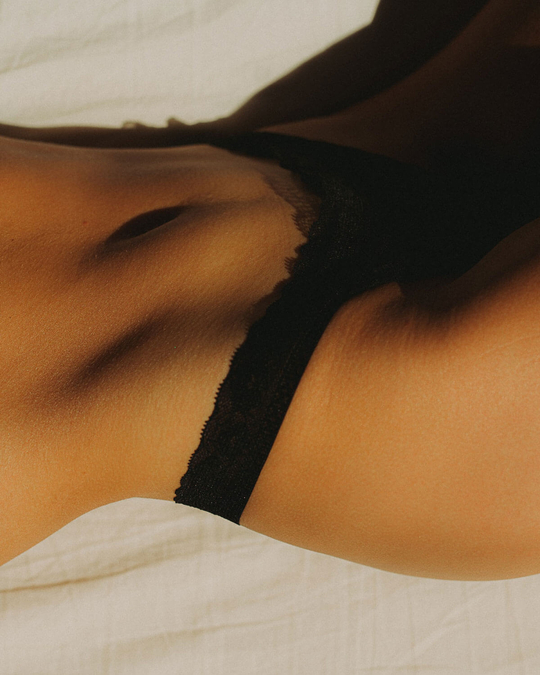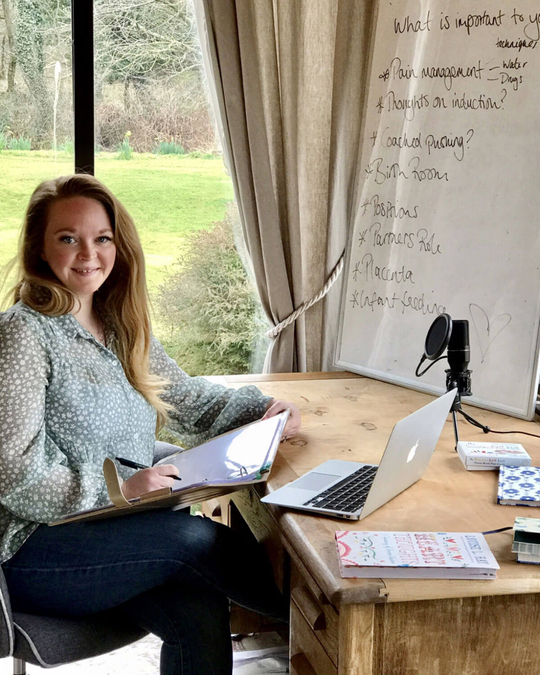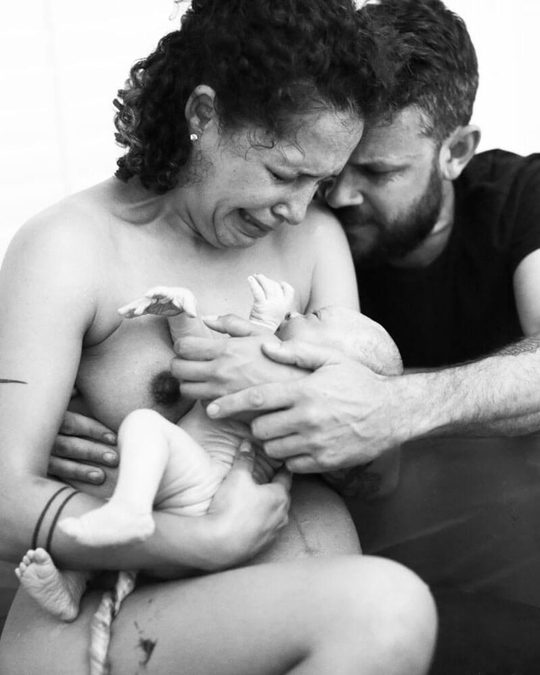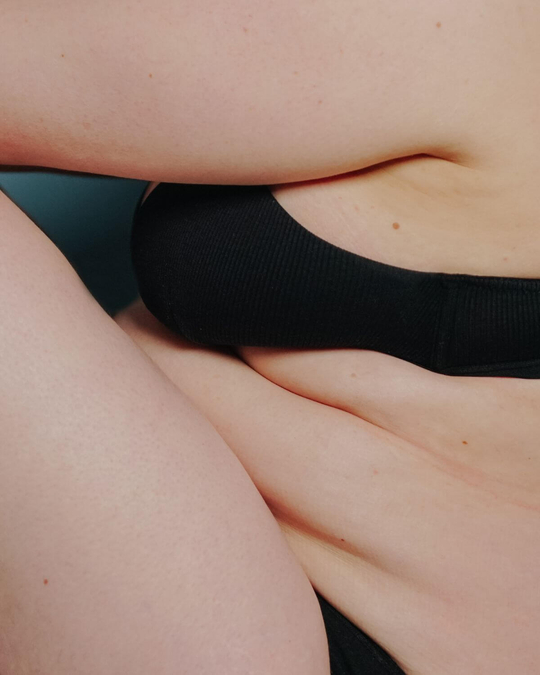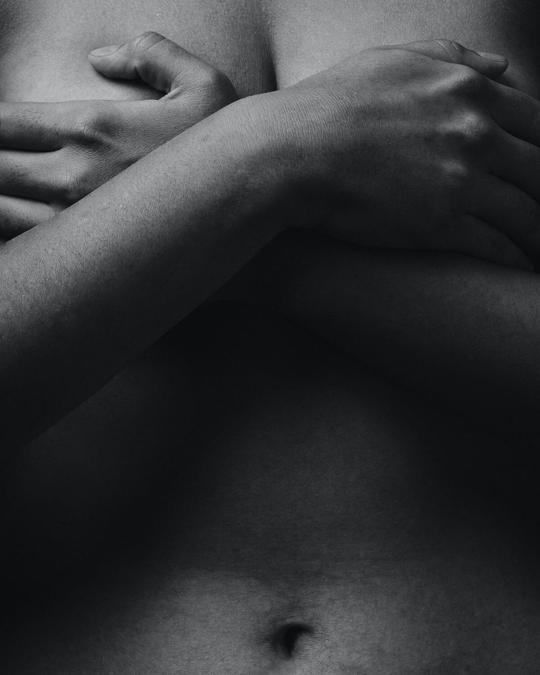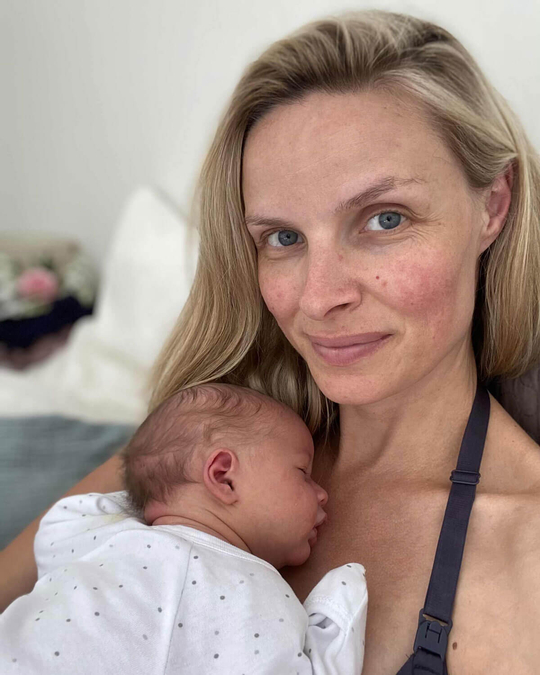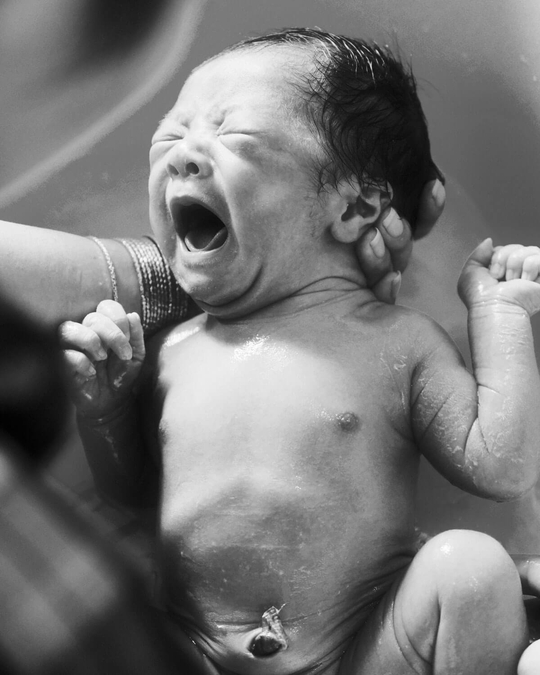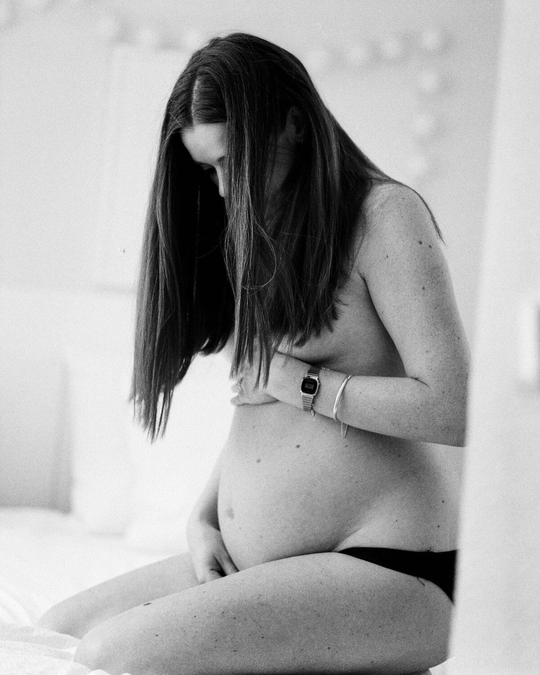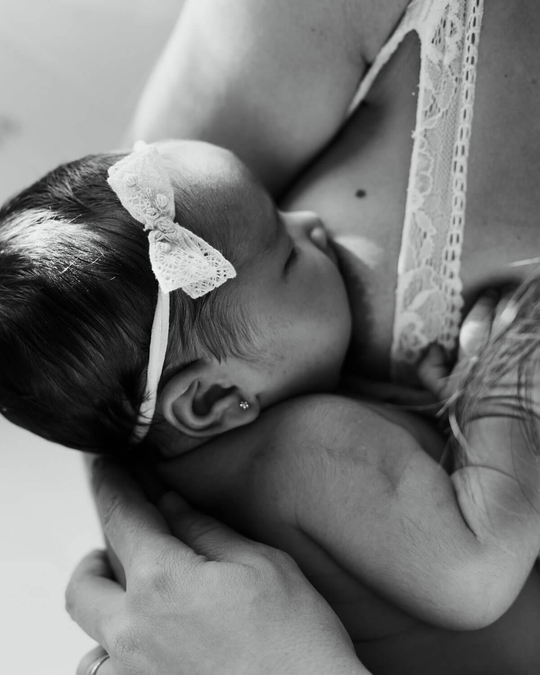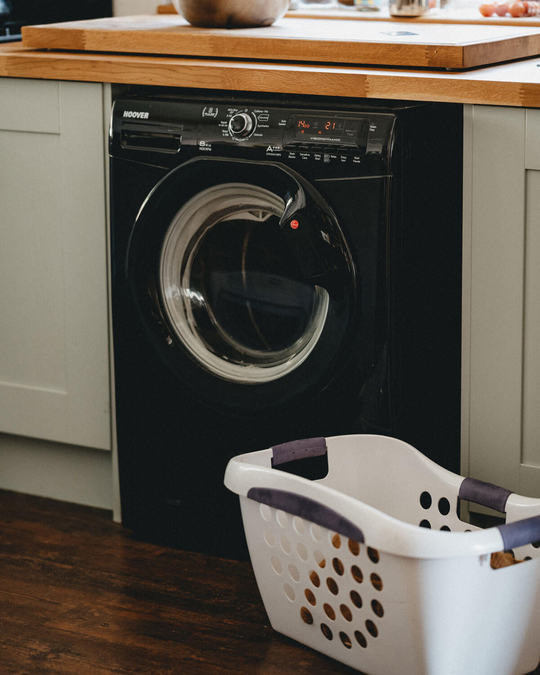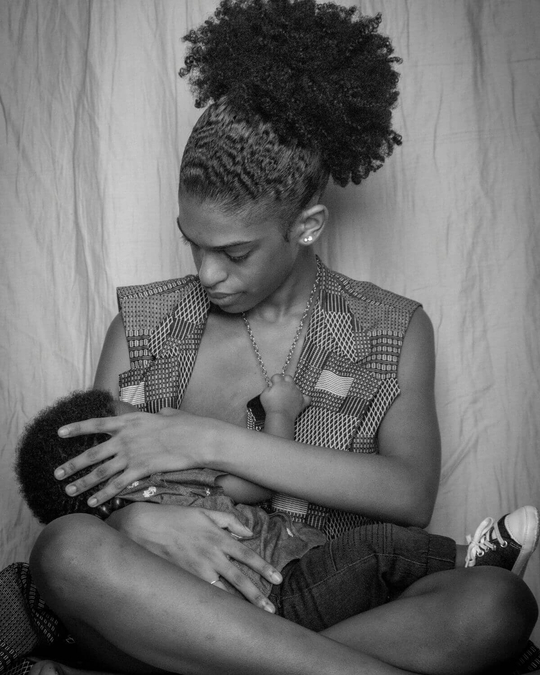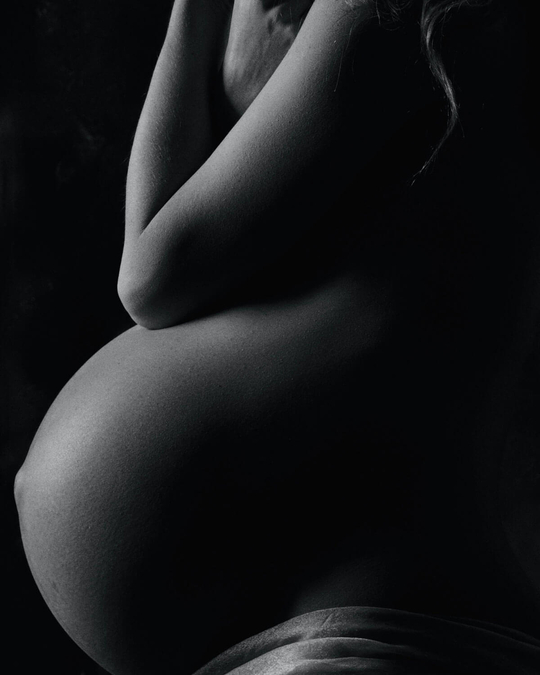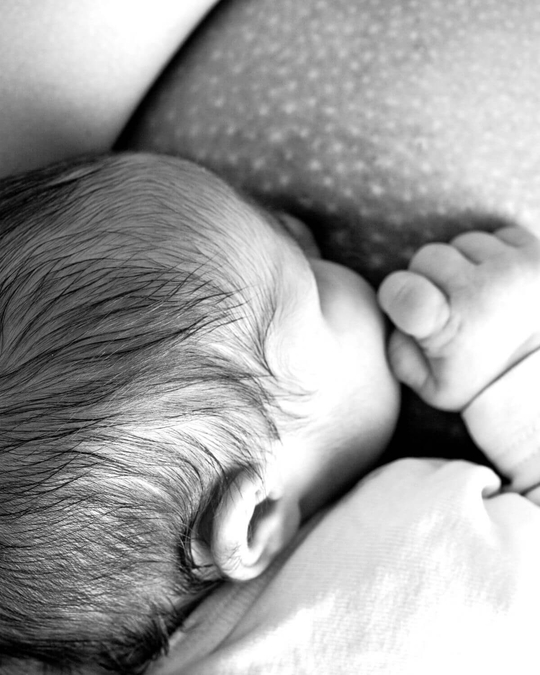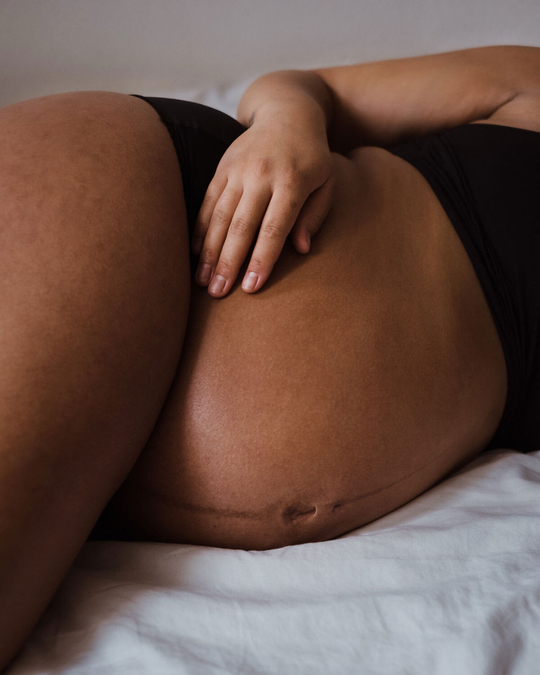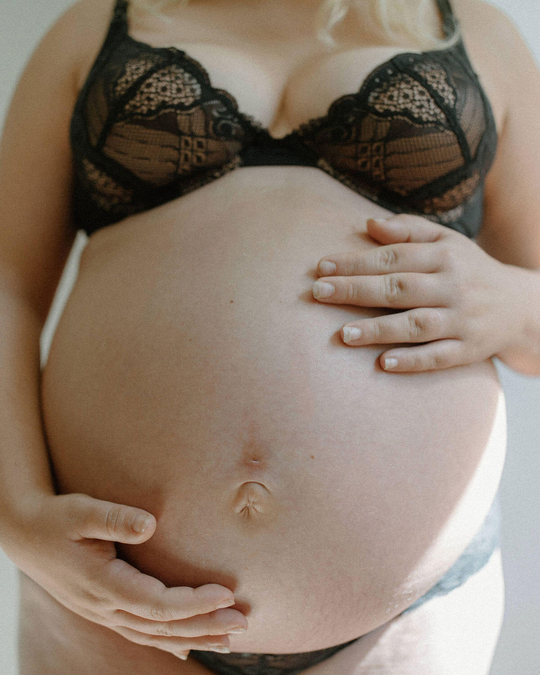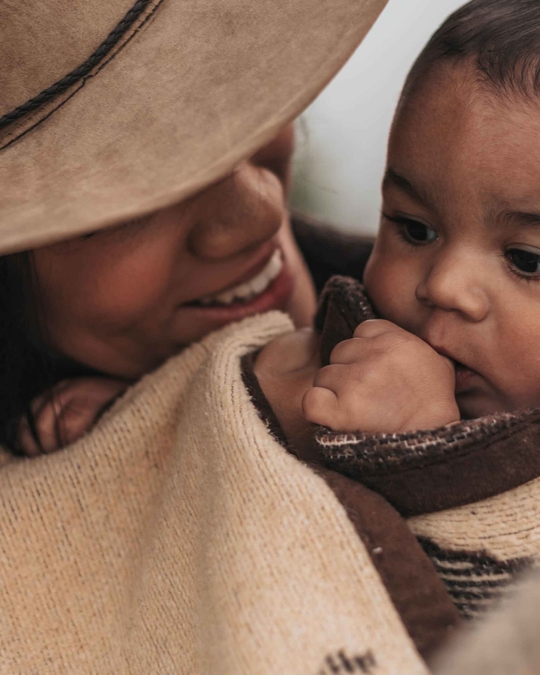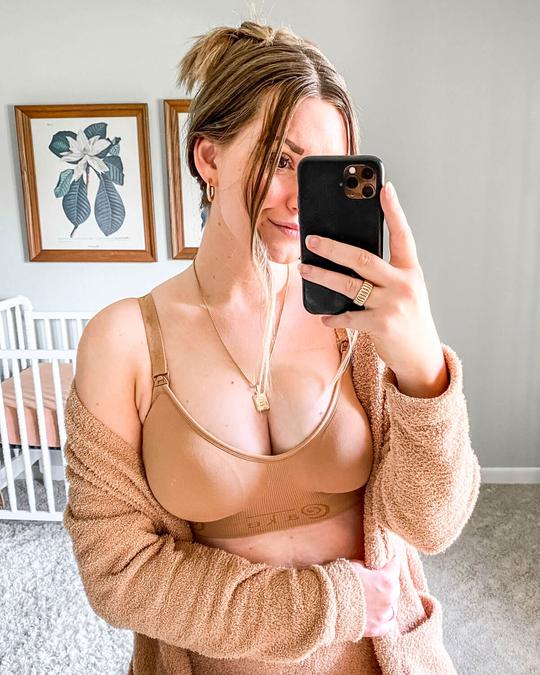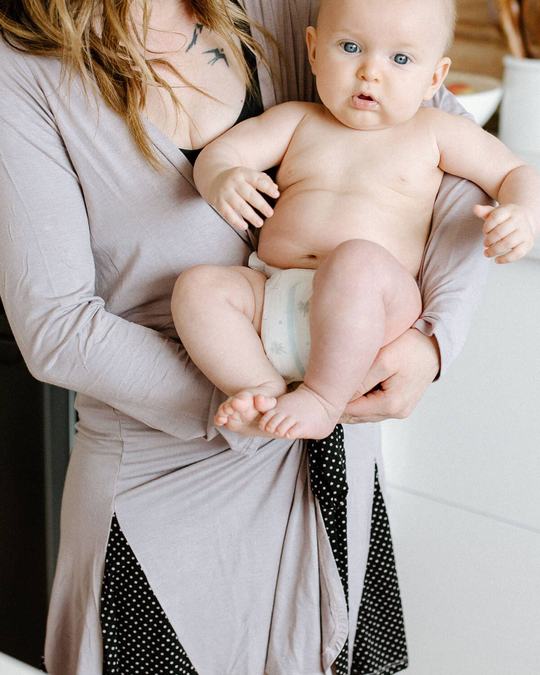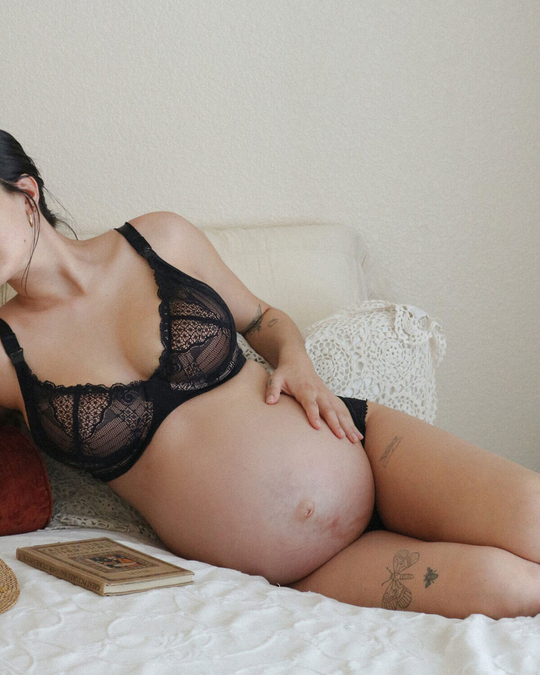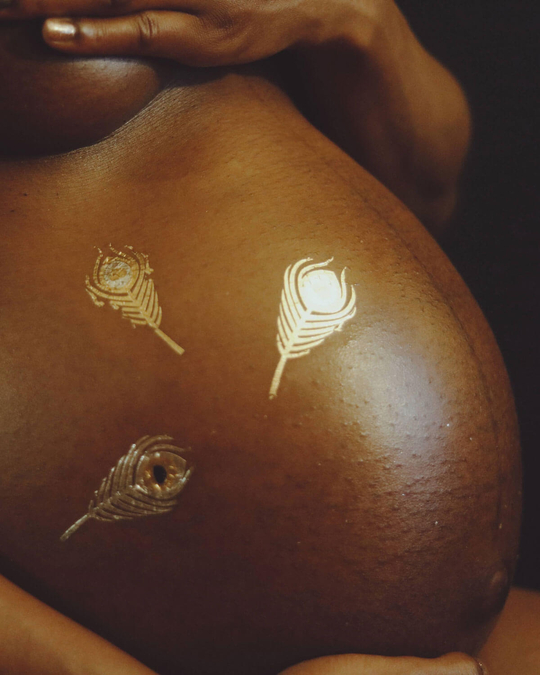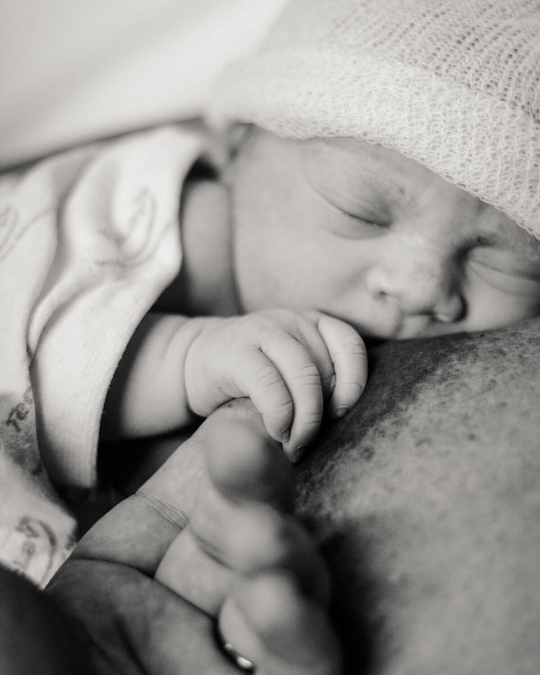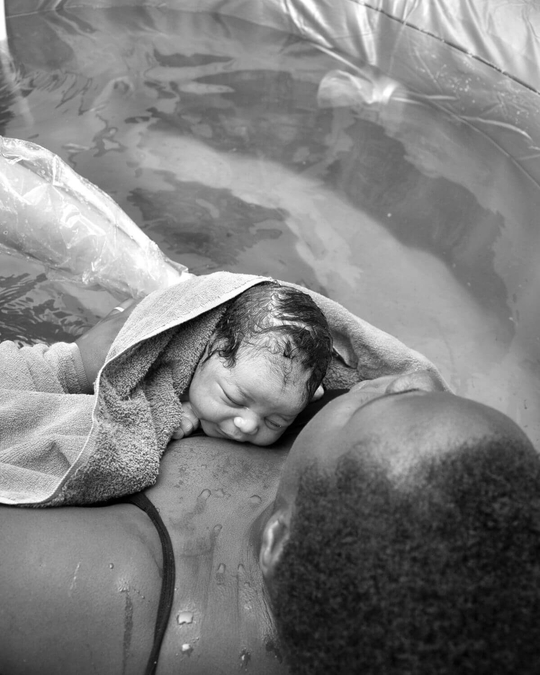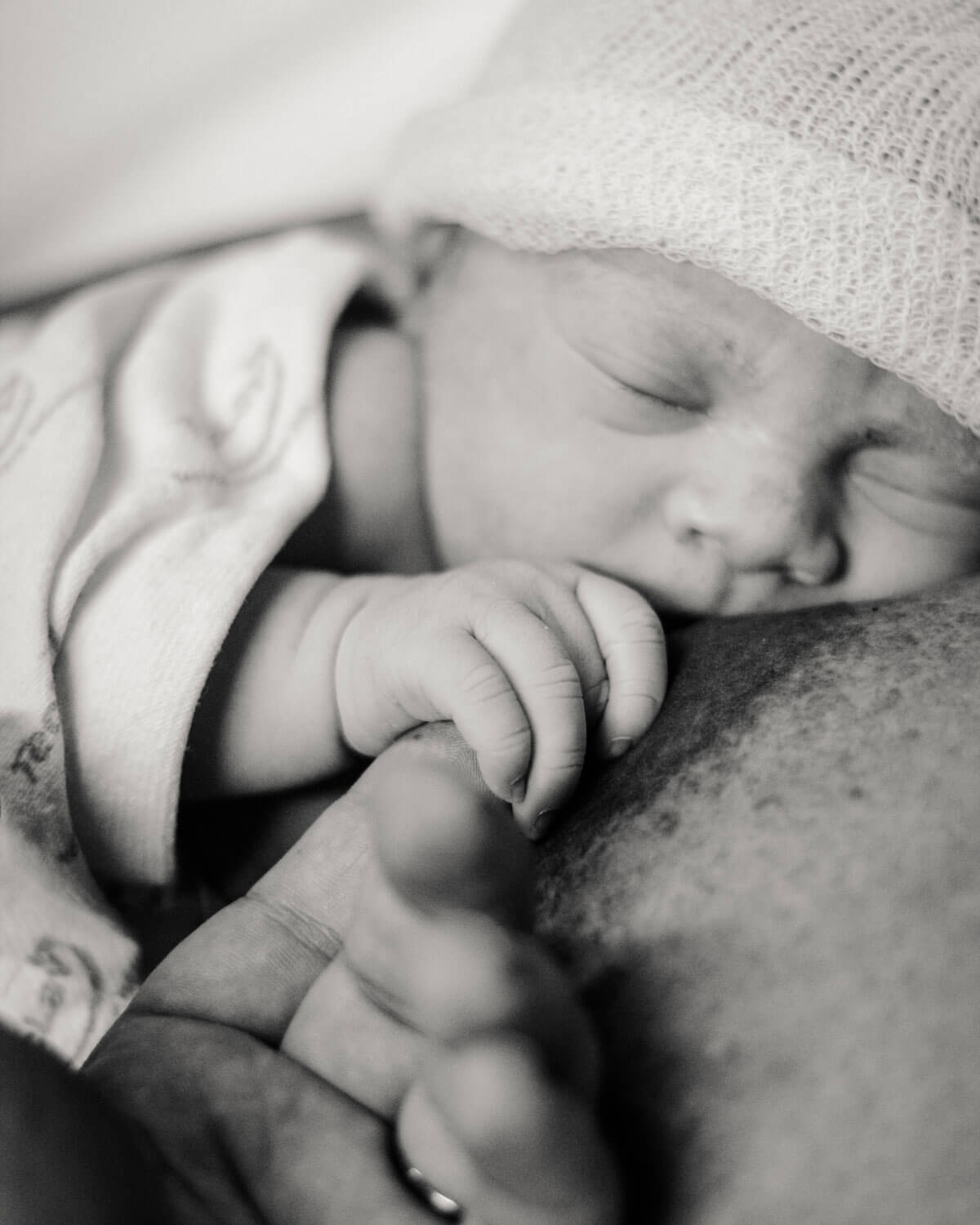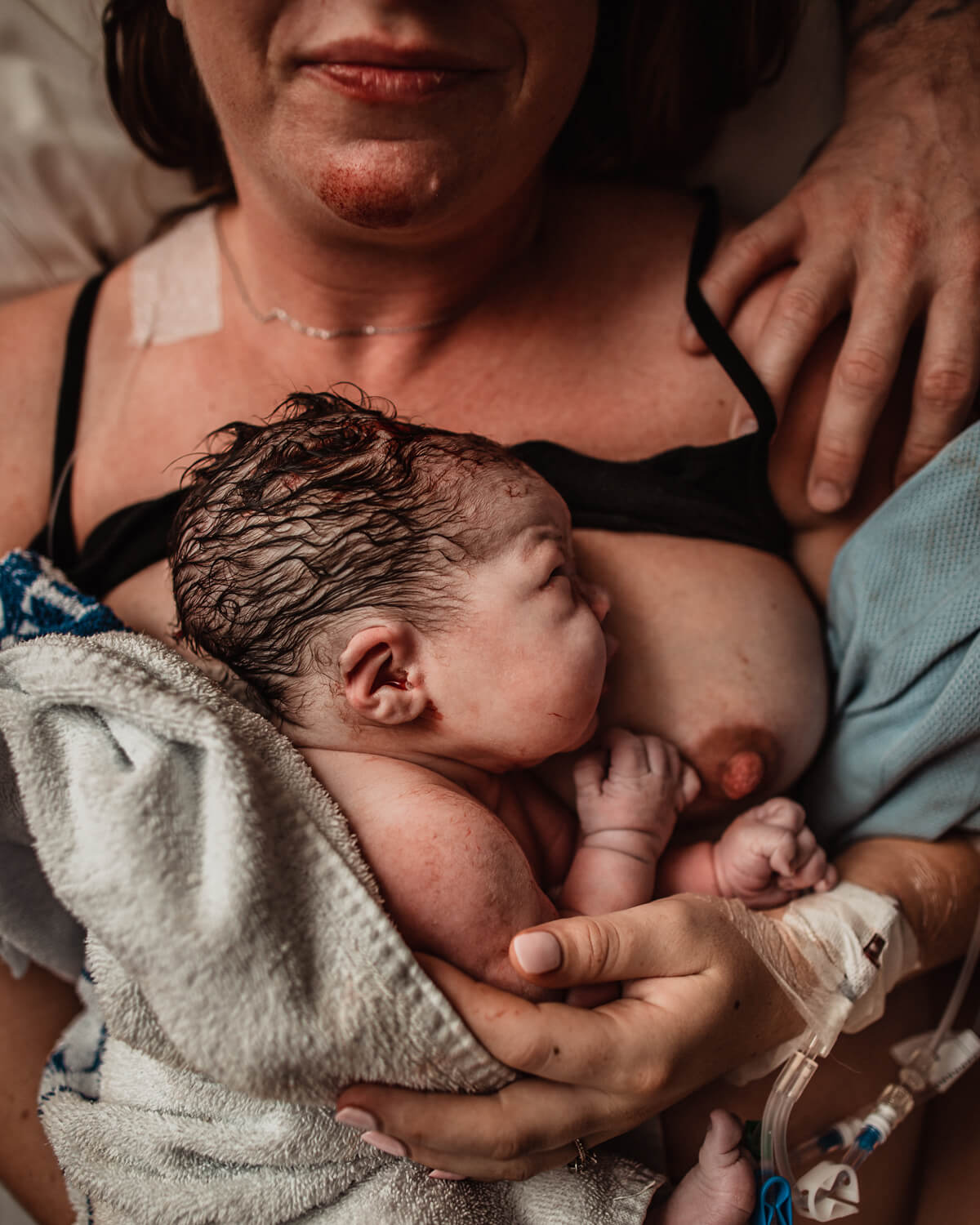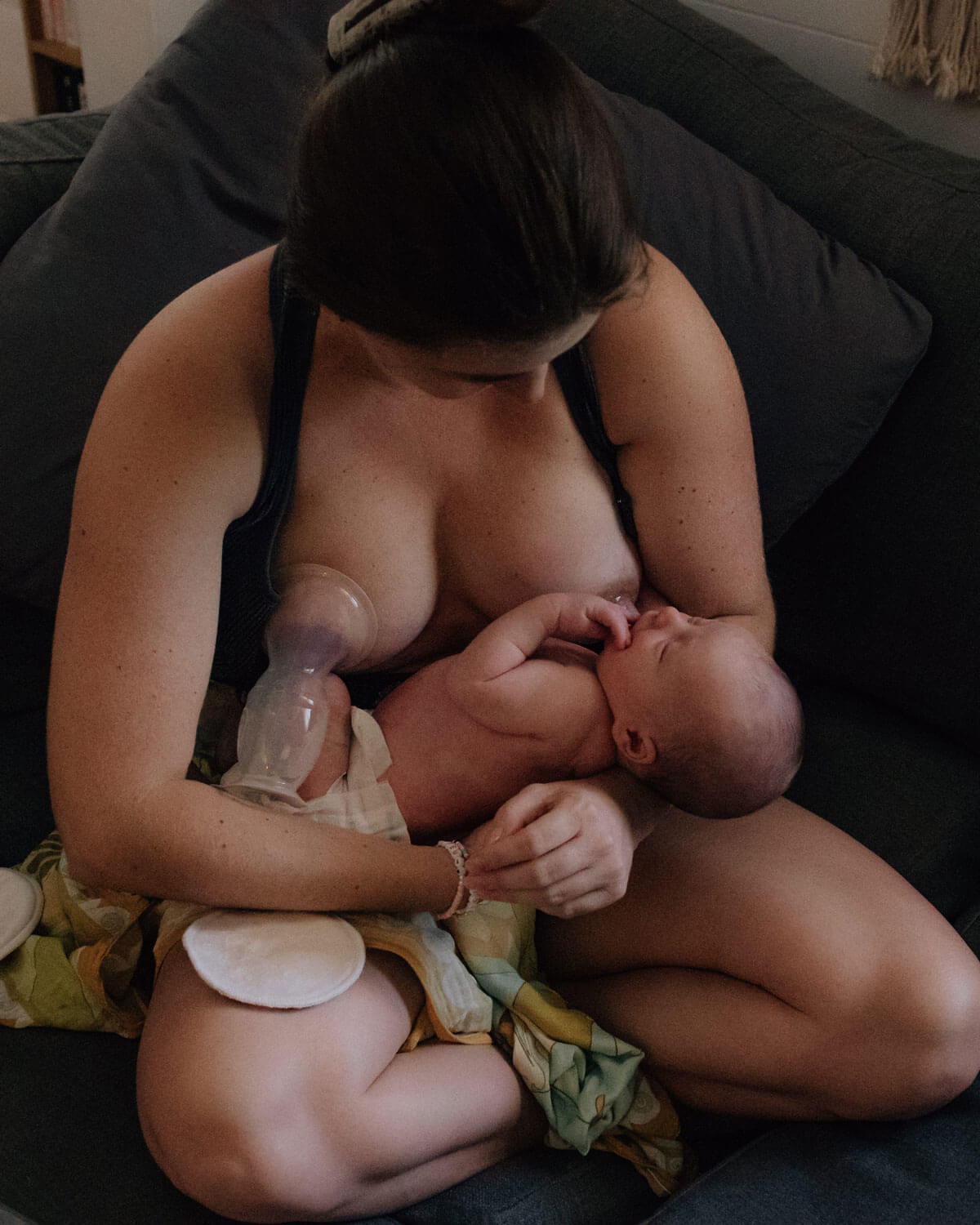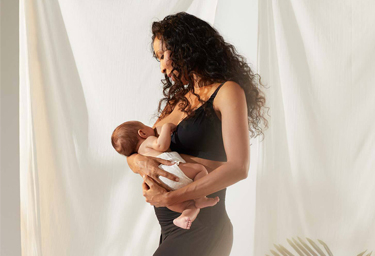Breastfeeding is natural, they say. Breastfeeding is easy, they say. Not for everyone.
For some women it’s a battle and for others it’s a walk in the park, and then there’s everyone in between. We’re here to help you along the way and prepare you for your journey through the ebbs and flows of breastfeeding. Whether it’s colostrum, midnight leaks, cluster feeding or nipple confusion — we’ve got you covered.
As nursing bra specialists, we’re naturally passionate about breastfeeding and the many benefits it offers to mum, bub and the environment. We understand that every woman’s experience is different and while perseverance is often required, it’s not always possible. That’s why it’s our mission to support, nurture and provide women with the confidence to navigate this often tricky but rewarding phase.
Breastfeeding Benefits
For Baby:
Breastfeeding protects your child from infections, increases their intelligence, and can even reduce obesity and diabetes in children.
For Mama:
Breastfeeding also presents benefits to you. Not only does it help the uterus contract back to normal after childbirth, it also helps to decrease your risk of breast cancer, ovarian cancer and diabetes.
Women who are supported early on in their breastfeeding journey also have a lower risk for postpartum depression.
For Mother Nature:
Less plastic used, less bottle washing, less energy used, less detergent, less formula, less packaging, less farming and the list goes on.
The First Latch
Before you get the hang of breastfeeding, you must master the latch. This is the general term used for when bub attaches to your breast to nurse, and is one of the first things you need to learn, as it is crucial to ensure your comfort and your baby’s success. Once done correctly, it becomes easy to get right every single time.
If you need to master this technique, here are steps and signs of a good latch.
How to latch (the basics):
• Get comfortable and ready to breastfeed.
• Bring your baby’s nose in line with your nipple. This will allow your baby to open their mouth wide whilst tilting their head backward.
• Point your nipple towards the roof of your baby’s mouth.
• Make sure the baby’s nose is tilted away from your breast – this needs to be kept clear so bub can breathe.
• Remember that this should not be painful. You will feel pressure, but it shouldn’t hurt at all. If it does, unlatch and try again.
Breastfeeding Positions
Choose a position that is comfortable for both you and baby. Make sure you have a large glass of water next to you as breastfeeding can take some time to start with. Keeping hydrated and comfortable is key.
Various breastfeeding positions:
Cradle – The baby’s head is on your forearm and the mouth is opposite the nipple.

Sitting up – Whilst sitting, the baby is also sitting facing you and their back is supported by you or a baby carrier.
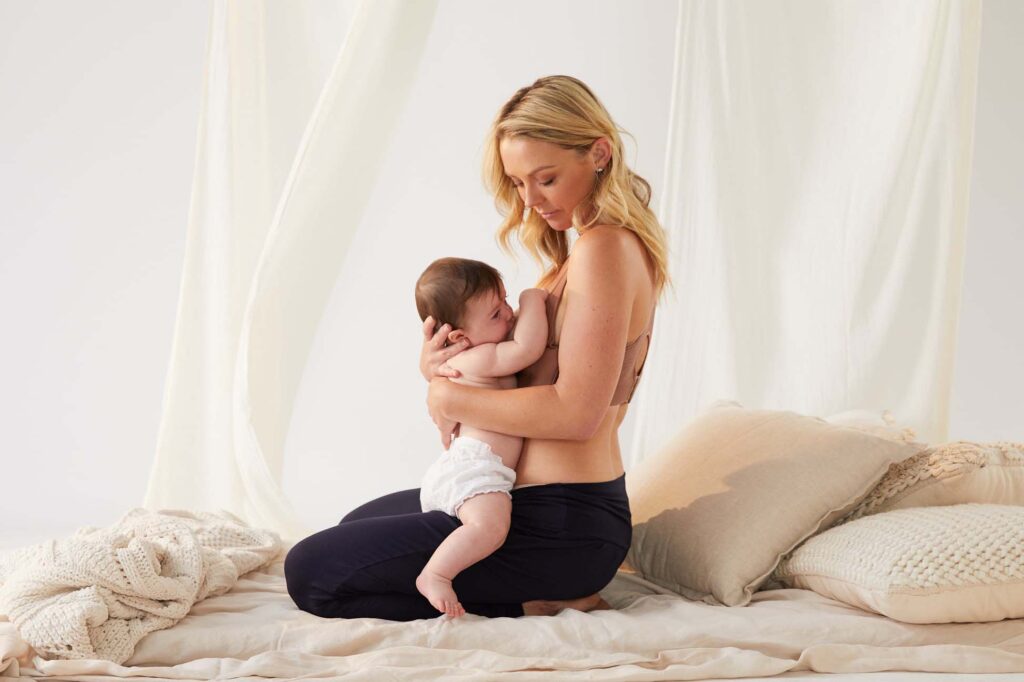
Football hold – Hold bub to your side, with their back resting along your forearm. Support their head with your other hand.
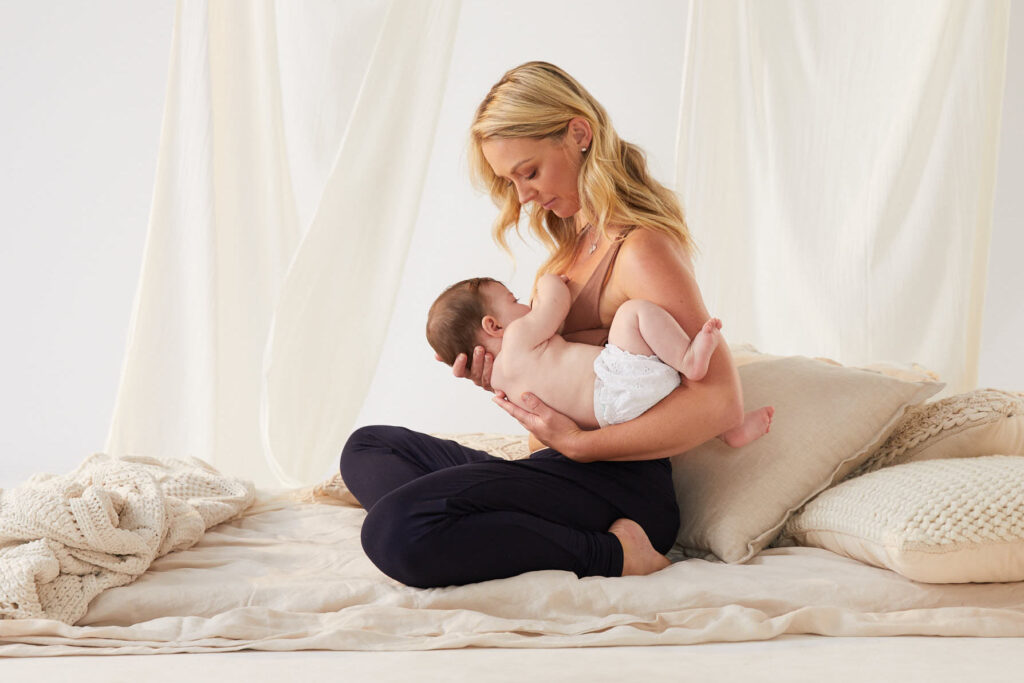
Lying down on your side – The baby’s tummy is lying against the mother’s stomach.
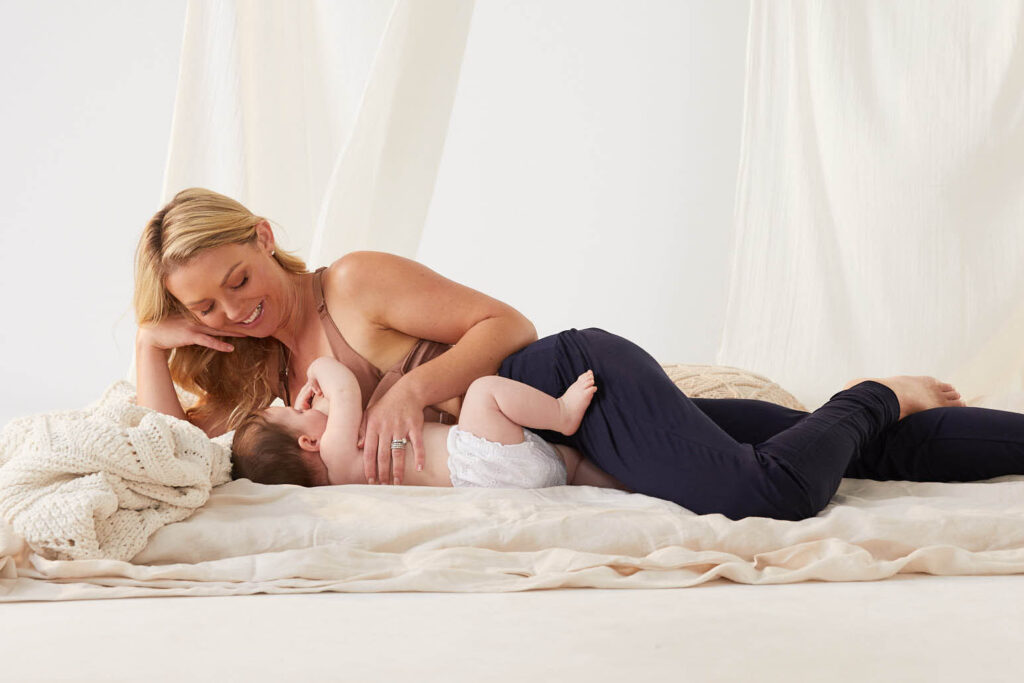
Learn more: 7 Easy Breastfeeding Positions for Both You and Bub
Breastfeeding with a fuller bust
Breasts come in all different shapes and sizes and they’re all equally effective at breastfeeding. It’s a myth that the size of your breast has any correlation with your milk production.
The main difference between breastfeeding with and without a fuller bust is latching. If you’re having trouble, give the following a try:
• Try fuller bust nursing bras with an A-frame sling for support.
• If your nipple is facing downward, roll up a small towel and place it under your breast to prop it up.
• If bub is having trouble latching due to the size of your nipple, try shaping it with your hand and angling it into their mouth.
• Try a different position that’s more comfortable for fuller busted women, such as the football hold.
You might also like: How to Buy Nursing Bras — for Fuller Busted Mamas
What to eat while breastfeeding
We all know how important it is to eat a well-balanced diet, but this is never more imperative than when you’re breastfeeding. If you’re exclusively nursing, all of your baby’s nutrition is coming from you. The following are a few suggestions to ensure bub gets the best start in life, because a healthy mama means a healthy baby.
• Fruits and vegetables — aim for 5 different colours and lots of leafy greens.
• Eat the good fats, limit the bad ones — enjoy avocado, sardines, salmon and raw nuts but avoid excessive consumption of sweets, cake and pizza.
• Lean meats and poultry — lean red meat, white meats, fish, eggs and tofu are fantastic.
• Eat when you’re hungry — breastfeeding uses up to 500 extra calories per day, so don’t feel guilty if you need an extra meal or multiple snacks. Baby snacks at midnight, so you can too!
• It’s safe to eat everything while breastfeeding, but if you find bub has an upset stomach after feeding, monitor your diet as their tummy could be sensitive to something you’ve eaten. Try it again in a few weeks.
• Hydrate — try to drink 2-3L of water a day. Your increased thirst might make this easier than it sounds.
• Limit caffeine — we know, you’re exhausted, but try to limit your caffeine intake to two cups per day.
• Stay active — an active mum has higher oxytocin levels, which means more milk production. Why not head outside for some fresh air with bub?
• Abstain from alcohol, cigarettes and illicit drug use. Always check that prescription drugs are safe to take whilst breastfeeding.
Common breastfeeding problems and solutions
Every woman’s breastfeeding journey is different and some can differ each day and each feed. Take it day by day and do what’s right for you!
We have compiled a list of breastfeeding issues and some suggested solutions.
Latching on hurts
It should not last more than a minute. You should not feel continued pain throughout the breastfeeding period.
An incorrect latch is often the reason for a painful latch. Ensure the baby’s mouth is wide open and a large amount of the lower areola is in his or her mouth, as well as the nipple.
Leaking breasts
This is very common especially in the first few weeks when your body is producing overabundant milk supply.
Invest in some good nursing pads. They will help to keep your maternity outerwear dry and avoid any embarrassing incidents and remember to change them regularly.
Cracked nipples
Cracked nipples can be painful. Most women will experience them particularly in the early stages of breastfeeding.
Cracked nipples can be caused by an incorrect use of a breast pump, poor latch, regular feeding, thrush or dry skin. The best remedy is breast milk – express a little on your nipple and allow it to dry after each feed.
Blocked ducts
Blocked ducts are often caused by the breast not being completely emptied which is very common in the first few weeks of breastfeeding, when the body is producing an oversupply of milk.
To avoid blocked ducts massage the breast after feeding and use a warm heat pack. You can also use a breast pump to empty your breasts completely if necessary.
Mastitis
Mastitis is a bacterial infection in the breast. You will almost certainly know if you have mastitis. You will feel tenderness in the breasts and feel flu-like symptoms such as fever.
A compressed breast often causes mastitis. Avoid wearing a cupped size bra during the first 8 weeks post birth and instead wear a supportive seamless bra as these do not restrict your breasts fluctuations.
It is advised to use hot packs and frequently empty the breasts. If you do need to go on antibiotics, check with your doctor about also breastfeeding.
Thrush
Thrush is found in the baby’s mouth and spreads in warm wet environments i.e. cracked nipples and is often known from being sore and itchy.
The only way to treat thrush is with an antifungal medication. Treat both the baby’s mouth and your nipples. Both should be treated at the same time, to avoid the infection from continuing to spread.
Falling asleep
This is very normal for a newborn baby. Should you notice the baby start to doze off, tickle the feet gently, stroke the check or chin. This should wake the baby initially, do expect to continue to do this for the first few weeks until the baby becomes more efficient at feeding.
Pains in your breast or abdomen
It is normal to experience some let down pains in the early stages of breastfeeding. The good news is this should not last longer than a week or two. Some women will experience pins and needle tingles during let down at the base of their breasts. This is quite normal and should not be painful.
Other painful experiences can be period-like cramping or mild contractions – this is your uterus contracting due to breastfeeding. This is a good thing as it’s your body returning back to normal after having a baby, and the pains should not last too long.
If the pains are more serious, there may be a latching issue or it may be a sign that something else might be wrong. If in doubt, check with your health care advisor.
Breast tenderness
Breasts will feel tender particularly in the first few weeks of breastfeeding. Our breasts are remarkable and are going through huge change.
Generally at 8 weeks post-birth a woman’s breasts will have learnt to regulate their milk supply. You should feel less tender and find yourself back at the cup size you were at approx. 8 months of pregnancy. At this point we advise you should start to wear a cupped size bra, which will provide you with that much needed support and lift.
Explore our range of over 8 weeks postpartum nursing bras and safely return to your favorite flexi-wire and cup-sized styles.
Help & Support
For new mothers, breastfeeding can often be a daunting task, especially if you don’t have the help and support of friends and family.
Most hospitals host breastfeeding classes and have lactation consultants available. These classes are invaluable and will guide you through the process, i.e. latching techniques, breastfeeding positions, nutritional advice, etc.
It’s important to know that breastfeeding doesn’t always come easy to every woman and that extra help is available, if required. There is no shame in asking and perseverance will be rewarded. Remember the first few weeks are the hardest, it does get easier.
Breastfeeding eBook:
For more, download our Breastfeeding Guide.
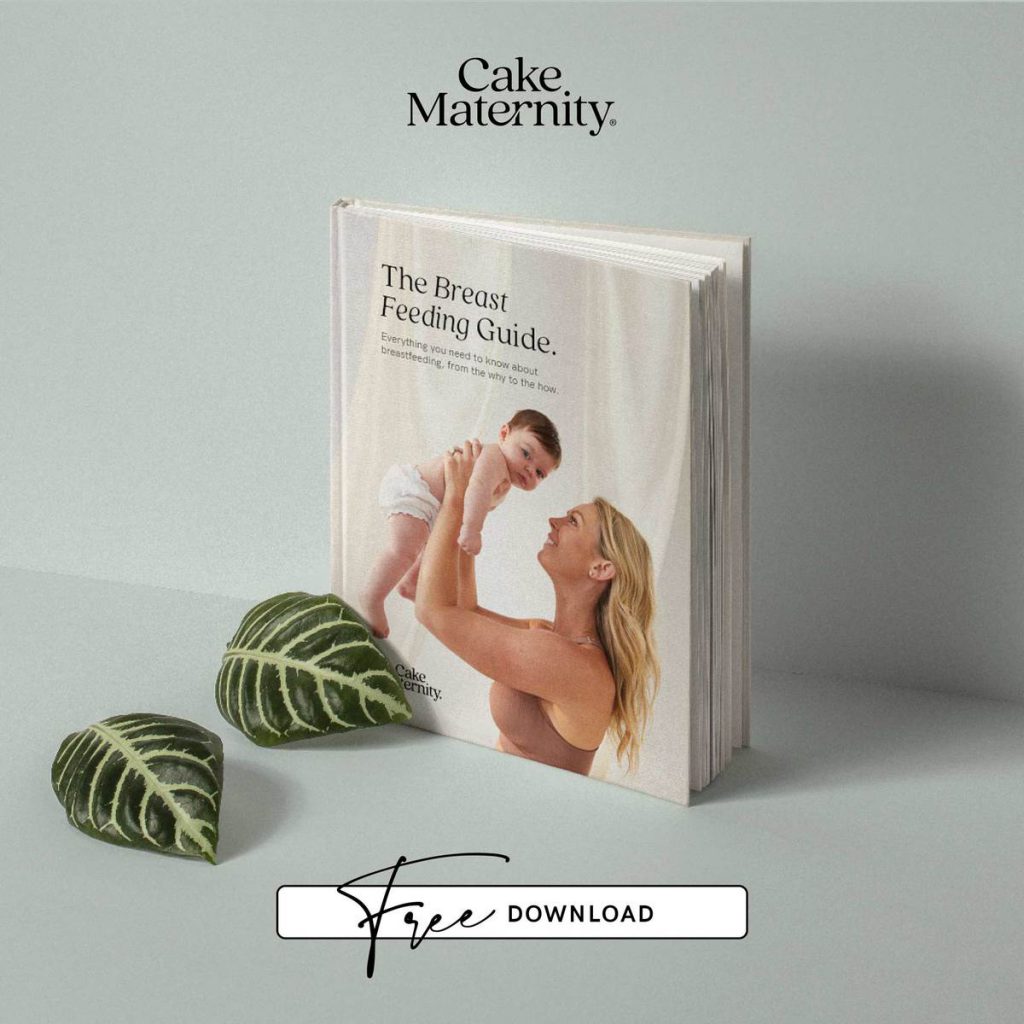
—
Disclaimer: Cake does not provide medical advice, diagnosis, or treatment. Any information published on this website or by this brand is not intended as a substitute for medical advice, and you should not take any action before consulting with a healthcare professional.
LIKE WHAT YOU READ?
Join CakeMama Club & get 10% OFF your first order!
Plus you’ll get tips + tricks for pregnancy, postpartum & breastfeeding, get member-only offers, earn CakeCoins every time you shop + more. Learn more

